Békésy symposium, November 30, 2022
abstracts

Eduardo Perozo, Ph.D. (Professor, Biochemistry & Molecular Biology, Institute for Biophysical Dynamics; Pritzker Fellow, The University of Chicago): Prestin Conformational Dynamics and the Molecular Basis of the Cochlear Amplifier
https://bcmb.uchicago.edu/program/faculty/eduardo-perozo
https://scholar.google.com/citations?hl=hu&user=6Uy43fcAAAAJ
The piezoelectric motor protein Prestin (SLC26A5) is largely expressed in the outer hair cells of mammals and underlies cochlea frequency tuning. Binding to various anions alters prestin’s voltage sensor movements in response to membrane potential. We have taken advantage of these voltage dependent shifts, together with single particle cryo-electron microscopy, to capture the structures of Dolphin Prestin in six distinct conformational states. These structures, together with site directed mutagenesis, functional data as well as a series of electrostatic calculations suggest that Prestin adopts a complex set of states depending on the type of anions. We also show that Salicylate, a drug that can cause reversible hearing loss, occludes the anion-binding pocket of Prestin and inhibits its function by immobilizing the anion-binding pocket, confirming that the pocket acts as part of the voltage sensor.
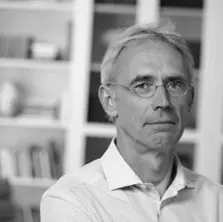
Ulrich Mueller, Ph.D., (Bloomberg Professor of Neuroscience, Johns Hopkins University) Molecular Composition of the Mechanotransduction Channel Complex of Cochlear Hair Cells
https://neuroscience.jhu.edu/research/faculty/129
Organisms of all phyla express mechanosensitive ion channels with a wide range of physiological functions. In recent years, several classes of mechanically gated ion channels have been identified. Some of these ion channels are intrinsically mechanosensitive. Others depend on accessory proteins to regulate their response to mechanical force. The mechanotransduction machinery of cochlear hair cells provides a particularly striking example of a complex force-sensing machine. The ion channel is a multimeric assemble of several proteins including TMC1/2 and TMIE, which are essential to form a functional ion channel, and CIB2 and LHFPL5, ion channel accessory proteins that regulate channel function. We will summarize recent discoveries that have shed light on the composition of the mechanotransduction machinery of cochlear hair cells and how this machinery contributes to the development and function of the auditory system.
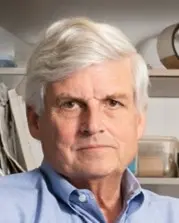
David Corey, PhD (Bertarelli Professor of Translational Medical Science, Harvard Medical School): Mechanical gating of the TMC1 transduction channel in hair cells
https://neuro.hms.harvard.edu/faculty-staff/david-corey
Sixty years ago Georg von Békésy hypothesized that conversion of sound to nerve impulses was mediated by a “final mechanical transformer…of molecular dimensions.” It has taken most of those 60 years to identify the molecules that constitute the mechanical transformer, including the ion channels of this complex, TMC1 and TMC2, but we still have little understanding of how the mechanical stimulus of sound opens their pores to generate an electrical signal. Using structures based on homology modeling and protein folding algorithms, we have generated and expressed mutant TMC1 channels in mouse hair cells, and find regions that seem to participate in pore opening—a first step in understanding the transformation.
 James Hudspeth, MD., Ph.D. (E.M. Kirby Professor of Neuroscience, Rockefeller University): Critical behavior in the active process of cochlear hair cells
James Hudspeth, MD., Ph.D. (E.M. Kirby Professor of Neuroscience, Rockefeller University): Critical behavior in the active process of cochlear hair cells
https://www.rockefeller.edu/our-scientists/heads-of-laboratories/1186-a…
Uniquely among mammalian sensory receptors, the hair cell of the inner ear is not a passive recipient of stimuli. Hearing instead uses an active process to amplify acoustical stimuli by as much as a thousandfold, to tune each hair cell to a narrow frequency band, and to render the ear sensitive over a trillionfold range in power. As a result of the cooperative gating of ion channels, the mechanically sensitive organelle of the hair cell—its hair bundle—is dynamically unstable: the relationship between applied force and the bundle's displacement possesses two stable fixed points separated by a region of negative stiffness. Operation near this instability—a Hopf bifurcation—yields all four characteristics of the active process. Using isolated segments of the gerbil's cochlea, we are attempting to determine whether active hair-bundle motility can explain the remarkable qualities of the cochlea.
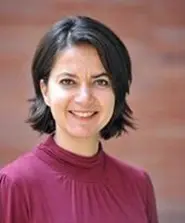
Dolores Bozovic, PhD, (UCLA Center for Biological Physics): Sensitivity and tuning in hair cells of the inner ear
https://cbp.physics.ucla.edu/bozovic
Hair cells of the auditory system constitute a remarkable biological sensor that exhibits nanometer-scale sensitivity of mechanical detection. Our experiments explore the active nonlinear processes behind the detection of very weak signals. We demonstrate the presence of chaos in the innate motility of active bundles, and demonstrate both theoretically and experimentally that it enhances the sensitivity of detection. We further show that these cells utilize weakly chaotic dynamics to combine sensitive response with high temporal resolution. The presence of chaos in individual hair bundles also aids in the synchronization between coupled hair cells, and gives rise to new dynamical states. Finally, we explore the neural mechanisms that reduce and control the responsiveness of the cell.
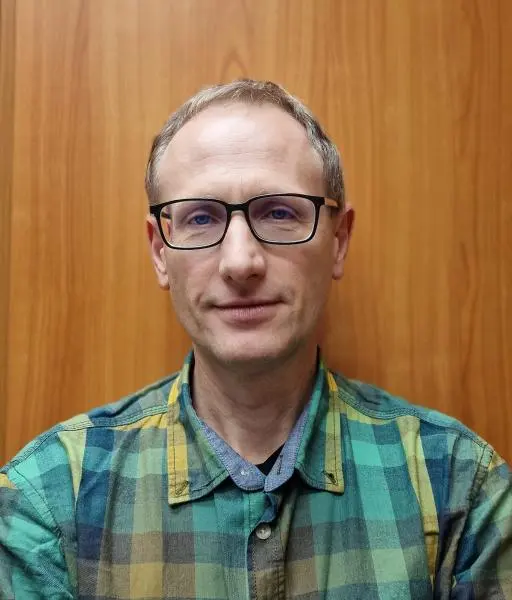
Tibor Zelles (associate professor, Dept. Oral Biology and Dept. Pharmacology & Pharmacotherapy, Semmelweis University, Budapest; Laboratory of Molecular Pharmacology, Institute of Experimental Medicine, Budapest): Seeking drug therapy for sensorineural hearing losses
https://semmelweis.hu/pharmacology/en/about-us/staff/tibor-zelles/
Hearing impairment is the most common sensory deficit, affecting more than 400 million people worldwide. Sensorineural hearing losses (SNHL; e.g. age-dependent-, noise-, or aminoglycoside-induced hearing losses) currently lack any specific or efficient pharmacotherapy. Imbalance of the ROS system, excitotoxicity, apoptosis, neurodegeneration and immune system dysfunctions are supposed to play an important role in the pathophysiology of SNHL. In our mouse models of age-dependent hearing loss, aminoglycoside-induced hearing loss or the noise-induced one, we have investigated different pharmacological interventions that modify these factors and also activate endogenous protective mechanisms in the hearing system. The complex, multifactorial pathomechanism of sensorineural hearing losses may favor drugs acting on multiple targets for effective therapy.

József Géza Kiss (Scientific Advisor, University of Szeged, Albert Szent-Gyorgyi Health Center, Department of Otolaryngology and Head & Neck Surgery): The first artificial sensory organ - Cochlear Implant
https://u-szeged.hu/download.php?docID=86473
The cochlear implant is a high-tech device that can: i) induce, ii) artificially provide or iii) simulate hearing in people with sensorineural hearing loss. The appropriate condition for its use is to provide an accurate objective assessment of hearing as early as possible, preferably in infancy. The process requires continuous electrophysiological testing and imaging procedures, both preoperatively, intraoperatively and postoperatively. In the post-operative period, the device must also be constantly monitored to ensure its optimal functioning. Since only a well-adjusted, personalized device can function properly to enable the patient to perceive and understand the sound signals coming from the environment. This is also the basis for the development of speech production.
The first part of the symposium:
https://www.youtube.com/watch?v=89o_ciuFdQ8
The second part of the symposium:
https://www.youtube.com/watch?v=oniVzBLDECo
The Hungarian Academy of Sciences Flyer
The Hungarian Academy of Sciences Invitation
bekesy_symposium_program_20221.pdf
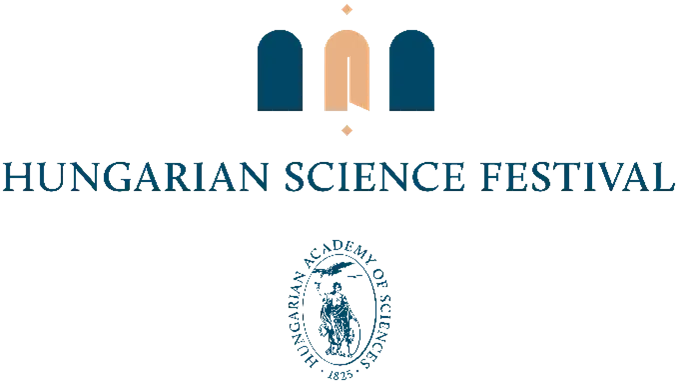
Sponsors:

![]()
